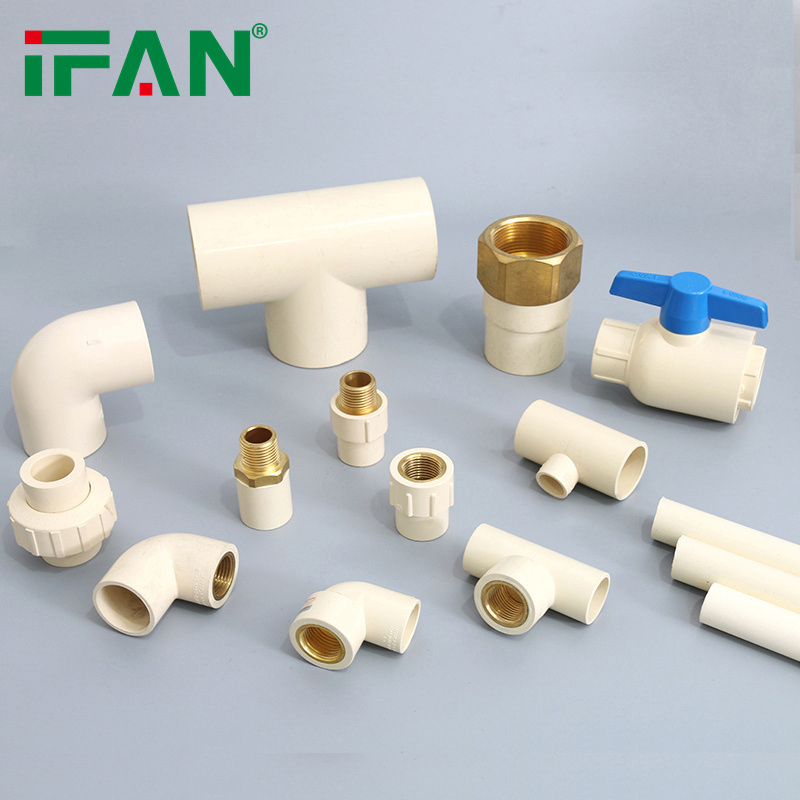PVC pipe and fittings are widely used in a variety of applications for plumbing, irrigation, and industrial purposes. PVC, or polyvinyl chloride, is an affordable and versatile material that has many advantages over other types of piping materials. However, some people are concerned about the environmental impact of them. In this article, we will explore the question of whether they are environmentally friendly. IFAN factory 30+ years manufacture experience support color/size customization support free sample.Welcome to consult for catalog and free samples.This is our Facebook Website: www.facebook.com
What is PVC
PVC is a synthetic polymer that is made from a combination of petroleum and natural gas. It is a strong, lightweight, and flexible material that has many industrial applications, including the manufacture of pipes and fittings. They are popular because they are affordable, easy to install, and require minimal maintenance.
Advantages of PVC Pipe and Fittings
There are many advantages to using them. Here are a few:
1. Affordable: They are much cheaper than other types of piping materials, which makes them a popular choice for many applications.
2. Easy to install: They are lightweight and easy to handle, which makes them simple to install.
3. Low maintenance: They are resistant to corrosion, which means they require little maintenance over time.
4. Longevity: They have a long lifespan, which reduces the need for frequent replacements.

Environmental Impact of PVC Pipe and Fittings
While they have many advantages, there are concerns about their environmental impact. Here are some of the main issues:
1. Waste disposal: PVC is not biodegradable, which means that it can take centuries to decompose in landfills.
2. Chemical emissions: The manufacturing process for PVC involves the use of hazardous chemicals, such as vinyl chloride, which can be harmful to human health and the environment.
3. Energy consumption: The production of PVC requires a lot of energy, which contributes to greenhouse gas emissions and other forms of pollution.
4. Recycling: While PVC is technically recyclable, it is difficult to recycle in practice. This means that a lot of PVC ends up in landfills or incinerators, which contributes to environmental problems.

Are PVC Pipe and Fittings Environmentally Friendly
Despite these concerns, they can still be considered environmentally friendly in some respects. Here are a few reasons why:
1. Low energy consumption: While the production of PVC requires a lot of energy, they are energy-efficient to use.
2. Long lifespan: They have a long lifespan, which reduces the need for replacements. This means that they contribute less waste to landfills over time.
3. Low maintenance: Because they are resistant to corrosion, they require little maintenance over time. This means that they do not need to be replaced as frequently as other types of piping materials, which reduces their environmental impact.
Conclusion
While there are concerns about the environmental impact of them, it is important to weigh the advantages and disadvantages of this material. In many cases, they can be considered environmentally friendly because of their low energy consumption, long lifespan, and low maintenance requirements. However, it is important to be aware of the potential risks associated with PVC, such as its impact on waste disposal and chemical emissions. By using PVC pipe and fittings responsibly, we can enjoy the benefits of this versatile material while minimizing its impact on the environment.

